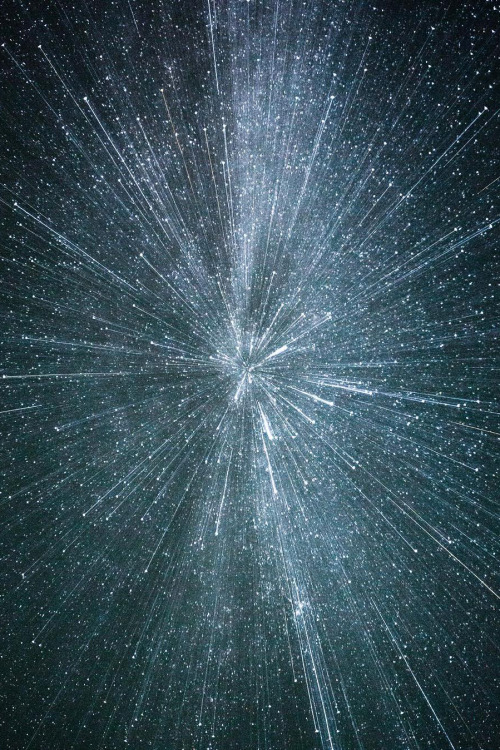Porcelainrobot - Porcelainrobot

More Posts from Porcelainrobot and Others










As the Cassini mission to Saturn draws in to it’s final year, take a look at some of the most fantastic images from the ringed world.
Credits:
Image 1: NASA/JPL/Space Science Institute
Image 2: NASA/JPL-Caltech/Space Science Institute
Image 3: NASA/JPL-Caltech/SSI
Image 4: NASA/JPL/Space Science Institute
Image 5: NASA/JPL/Space Science Institute
Image 6: NASA/JPL-Caltech/Space Science Institute
Image 7: NASA/JPL-Caltech/Space Science Institute
Image 8: NASA/JPL/University of Arizona/University of Idaho
Image 9: NASA/JPL/ESA/University of Arizona
Image 10: NASA/JPL/Space Science Institute

she past away

Snoqualmie Pass // Matt Kuma



ice flower
by Denny Bitte

Haunted House

This is one of the largest and most prolific star-forming regions near our Milky Way. Located about 160,000 light years away in the neighboring Large Magellanic Cloud galaxy, the Tarantula nebula is sculpted by searing radiation and strong winds that comes from the massive stars at its center. If fact, it is estimated that at least 40 of these huge stars have gone supernova within the last 10,000 years including the most recent one, SN 1987a. (Composite Image from Multiple Data Sources. Hubble Space Telescope, ESO, Amateur Data. Image Assembly and Processing : Robert Gendler and Roberto Colombari)



Even if you step towards a place from which you can’t return you choose not to reveal your screaming for help to other people

Saturn Casts Shrinking Shadow Over Rings in NASA Photo
On Earth, the change of the seasons can be marked by the length of the shadows cast by the sun. This approach also works on Saturn, where the shadow of the massive planet grows shorter each day.
A new photo from the Cassini probe shows the shadow of Saturn blanketing a large section of the planet’s ring system. But back in 2007, Cassini images showed Saturn’s shadow stretching well beyond the edge of the rings. The shortening of the planet’s shadow will continue as Saturn approaches a solstice in May 2017.
Read more ~ Space.com
Image:
The shadow of Saturn cast across the planet’s massive ring system, captured by the Cassini probe on May 21, 2016. Credit: NASA/JPL-Caltech/Space Science Institute
-
 455u liked this · 3 years ago
455u liked this · 3 years ago -
 catherinebronte reblogged this · 3 years ago
catherinebronte reblogged this · 3 years ago -
 catherinebronte liked this · 3 years ago
catherinebronte liked this · 3 years ago -
 romanovichka reblogged this · 3 years ago
romanovichka reblogged this · 3 years ago -
 sigillumaemeth liked this · 3 years ago
sigillumaemeth liked this · 3 years ago -
 sigillumaemeth reblogged this · 3 years ago
sigillumaemeth reblogged this · 3 years ago -
 anyasetsfire reblogged this · 6 years ago
anyasetsfire reblogged this · 6 years ago -
 to-be-soft liked this · 6 years ago
to-be-soft liked this · 6 years ago -
 reidgrimdark liked this · 7 years ago
reidgrimdark liked this · 7 years ago -
 anyasetsfire liked this · 7 years ago
anyasetsfire liked this · 7 years ago -
 thecarloseffect reblogged this · 7 years ago
thecarloseffect reblogged this · 7 years ago -
 im-at-soup liked this · 7 years ago
im-at-soup liked this · 7 years ago -
 happyjekkie-blog liked this · 7 years ago
happyjekkie-blog liked this · 7 years ago -
 feetofclay100 liked this · 7 years ago
feetofclay100 liked this · 7 years ago -
 coloursoflovelustlife liked this · 7 years ago
coloursoflovelustlife liked this · 7 years ago -
 roxane-vanille liked this · 7 years ago
roxane-vanille liked this · 7 years ago -
 it-is-what-it-is-no-more-no-less liked this · 7 years ago
it-is-what-it-is-no-more-no-less liked this · 7 years ago -
 viktorbezic liked this · 7 years ago
viktorbezic liked this · 7 years ago -
 sinsofthesongbird reblogged this · 7 years ago
sinsofthesongbird reblogged this · 7 years ago -
 lovekaikai17-blog reblogged this · 7 years ago
lovekaikai17-blog reblogged this · 7 years ago -
 dead-eyed-demon reblogged this · 7 years ago
dead-eyed-demon reblogged this · 7 years ago -
 snow-fang reblogged this · 7 years ago
snow-fang reblogged this · 7 years ago -
 heagaches reblogged this · 7 years ago
heagaches reblogged this · 7 years ago -
 xenotrosis-moved reblogged this · 7 years ago
xenotrosis-moved reblogged this · 7 years ago -
 unndesirable liked this · 7 years ago
unndesirable liked this · 7 years ago -
 partfae reblogged this · 7 years ago
partfae reblogged this · 7 years ago -
 partfae liked this · 7 years ago
partfae liked this · 7 years ago -
 campaignofmadness liked this · 7 years ago
campaignofmadness liked this · 7 years ago -
 orderoftalamasca reblogged this · 7 years ago
orderoftalamasca reblogged this · 7 years ago -
 saudadeko reblogged this · 7 years ago
saudadeko reblogged this · 7 years ago -
 anexilee reblogged this · 7 years ago
anexilee reblogged this · 7 years ago -
 abunaday liked this · 7 years ago
abunaday liked this · 7 years ago -
 demonlordlucifer-blog reblogged this · 7 years ago
demonlordlucifer-blog reblogged this · 7 years ago -
 dirtj0b reblogged this · 7 years ago
dirtj0b reblogged this · 7 years ago -
 sinsofthesongbird liked this · 7 years ago
sinsofthesongbird liked this · 7 years ago -
 ohyouknowmo reblogged this · 7 years ago
ohyouknowmo reblogged this · 7 years ago -
 moonlight--sonata reblogged this · 7 years ago
moonlight--sonata reblogged this · 7 years ago -
 thecracoviandispatch liked this · 7 years ago
thecracoviandispatch liked this · 7 years ago